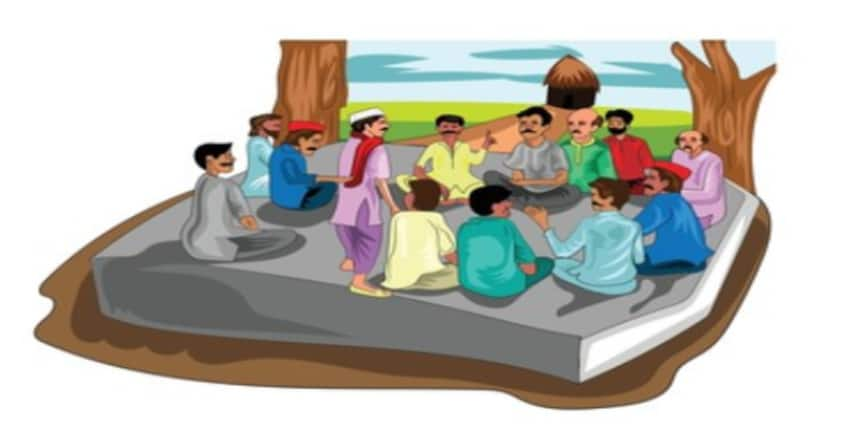PESA Full Form
What is the full form of PESA?
PESA full form is Panchayats (Extension to Scheduled Areas) Act. The Indian government passed this law to guarantee self-government for those residing in the country's Scheduled Areas through the use of the customary Gram Sabhas. Areas designated as Scheduled Areas are those listed in the Fifth Schedule of the Indian Constitution. Ten states in India have Scheduled Areas, most of which are populated by tribal groups. According to Part IX of the Indian Constitution, neither the 73rd Constitutional Amendment nor the Panchayati Raj Act applied to these Scheduled Areas. On December 24, 1996, PESA was passed into law, extending to Scheduled Areas, with some modifications and exceptions under the provisions of Part IX of the Constitution.
- What is the full form of PESA?
- Rules of PESA
- PESA Related Issues

Rules of PESA
Functional instructions in the form of PESA regulations are unavoidably required to ensure that PESA would be applied. However, PESA suffered as a result of state governments' lack of interest in releasing PESA rules. Four states could publish PESA Rules in recent years. 15 years after PESA's promulgation, Andhra was the first state to publish the regulations. Additionally, the PESA Rules for Himachal Pradesh, Rajasthan, and Maharashtra have been made public. Telangana, Jharkhand, Chhattisgarh, Madhya Pradesh, Odisha, and Gujarat are the six remaining states that have not yet been able to frame PESA regulations.
PESA Related Issues
According to this federal statute, the state governments are required to create state laws for their Scheduled Areas.
As a result, the PESA has only been partially implemented.
Self-governance in Adivasi areas, such as in Jharkhand, has gotten worse as a result of incomplete implementation.
Numerous analysts have said that PESA failed to deliver as a result of ambiguity, legislative flaws, bureaucratic indifference, a lack of political will, reluctance to change the power structure, and other factors.
Social audits carried out all over the state have also revealed that distinct development plans were only being authorised by Gram Sabha on paper, without any genuine meetings for discussion and decision-making.
Frequently Asked Questions (FAQs)
To safeguard and maintain tribal communities' traditions and customs. To give panchayats the specific authority they need at the appropriate level, by tribal needs. To stop the higher-level Gram Sabha panchayats from taking over the functions and authority of the lower-level panchayats.
On October 2, 1959, at Nagaur in Rajasthan, then-Prime Minister Pandit Jawaharlal Nehru launched the system that would later be known as Panchayati Raj.
A new eleventh schedule was established in the Indian constitution with the 73rd amendment in 1992. The power, responsibility, and authority of Panchayats are outlined in the eleventh schedule.
Following Article 244 (1) of the Indian Constitution, "Scheduled Areas" are defined as "such areas as the President may by order declare to be Scheduled Areas" - as stated in paragraph 6(1) of the Fifth Schedule.
Ministry of Panchayati Raj 2 is listed in the Fifth Schedule of the Indian Constitution.
